Table of Contents
Sports and Nutrition Part 4
In this Sports and Nutrition Part 4 we learn about Vitamins and its sub parts that is Fat Soluble Vitamins and Water Soluble Vitamins. Now lets discuss in details.
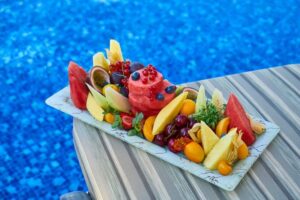 |
Vitamin |
| 1. Vitamins are chemicals, which are required in very small amount to keep our body healthy. |
| 2. if vitamin C is not included in diet, it will cause scurvy |
| 3. They further it is divided into 2 parts. I) Fat Soluble Vitamin II) Water soluble Vitamin |
Fat Soluble Vitamins: |
| 1. Soluble in Fat |
| 2. composed of the elements of carbon, hydrogen. |
| 3. These vitamins are vitamin A, vitamin D, vitamin E and vitamin K |
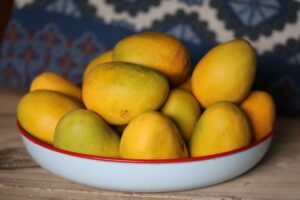 |
A) Vitamin A |
| 1. discovered in 1913 by Elmer McCollum and formed by the elements of hydrogen, carbon and oxygen. |
| 2. It is helpful in the formation of bones and teeth, promotes normal vision and also resistance to infections. |
| 3. deficiency leads to night blindness |
| sources are cod liver oil, animal liver, egg yolk, milk, milk products, mango, papaya. |
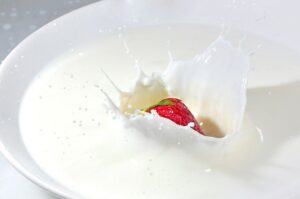 |
B) Vitamin D |
| 1. formed by the elements of carbon, hydrogen and oxygen. |
| 2. It is a white crystalline substance. |
| 3. helps in the absorption of calcium and phosphorus and also maintain their level. |
| 4. its deficiency may cause rickets, dental cavities |
| Sources are Sunrays, milk, butter and fish liver oils. |
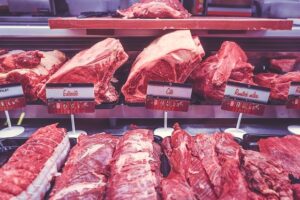 |
C) Vitamin E |
| 1. required for the growth of many organs in our body. |
| 2. This means it helps to slow down the process that damage cells and It is also an anti-oxidant also. |
| 3. deficiency may cause anemia, or low red blood count. |
| 4. Its deficiency may cause nerve and muscle damage that results in loss of feeling in arms and legs, loss of body movement control, muscle weakness and vision problems. |
| sources are Green vegetables, sprouts, coconut oil, yolk, dry and fresh fruits, milk, meat, butter and maize are rich sources of Vitamin ‘E’. |
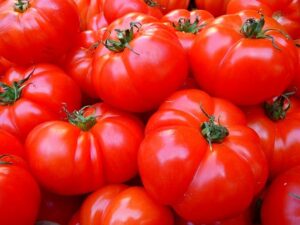 |
D) Vitamin K |
| 1. derived from the word ‘coagulation’, which means clotting of blood. |
| 2. deficiency of this vitamin, blood does not clot easily and blood continues to flow for a long duration during an Injury. |
| 3. deficiency also causes anaemia and more required for Pregnant ladies. |
| Sources: cauliflower, spinach, tomato, potato, green vegetables, wheat, egg, meat, etc. |
Water Soluble Vitamins: |
| 1. contain the elements of nitrogen and even sulphur. |
| 2. vitamin B and vitamin C |
| 3. play important roles in cell metabolism. |
| 4. they are referred to as vitamin ‘B’ complex. |
| A brief description of these vitamins is given |
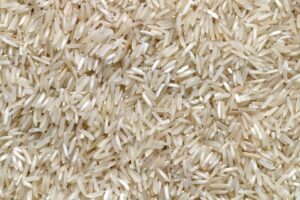 |
A) Vitamin B1 or Thiamin |
| 1. colourless vitamin, salty in taste and smell is just like yeast. |
| 2. helps in metabolising carbohydrates |
| 3. maintains the health of liver, kidneys, intestines, stomach, brain, etc. |
| 4. maintains the health and efficiency of nerves and muscles. |
| 5. Deficiency of vitamin B1 causes skin diseases, headache, lack of concentration, sleeplessness, loss of appetite,indigestion, lower heartbeat and also retardation of muscular efficiency. |
| 6. shortage of vitamin B1, may cause to ‘beri-beri’ disease, constipation, irritation and anger and Development of the body also. |
| Sources: Wheat, groundnuts, green peas, orange, pig meat, liver, eggs, green vegetables, rice and sprouts. |
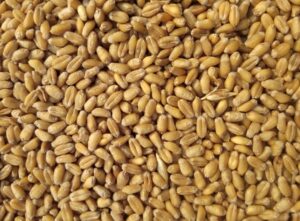 |
B) Vitamin B2 or Riboflavin |
| 1. yellow in Colour |
| 2. usually destroyed if the food is cooked for a longer time in sunlight and also. |
| 3. preserving and maintaining the characteristics of youth, tightness and smoothness of skin, activity, health of body tissues, etc. |
| 4. essential to keep the eyes, nose, mouth, lips and tongue in healthy state. |
| 5. deficiency of this vitamin causes underdeveloped growth, unhealthy skin and inflammation in eyes and also decreases immunity power of white blood. |
| Sources: This vitamin is richly found in egg yolk, fish, pulses, peas, rice, yeast, wheat and in green vegetables. |
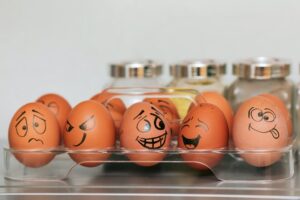 |
C) Vitamin B3 or Niacin |
| 1. deficiency may cause pellagra. |
| 2. Symptoms of its deficiency include indigestion, fatigue, vomiting and depression. |
| Sources: Food sources of vitamin B3 include yeast, meat, fish, milk, eggs, nuts, green vegetables, beans and cereals |
 |
D) Vitamin B5 or Pantothenic |
1. necessary for making blood cells. |
| 2. plays a vital role in the breakdown of fats and carbohydrates for energy. |
| 3. deficiency of this vitamin may include the symptoms such as fatigue, insomnia, depression, irritability, vomiting, stomach pain and burning feet. |
| Sources: The main sources of this vitamin include meat, fish, whole grains, egg, yolk, milk products and soyabeans. |
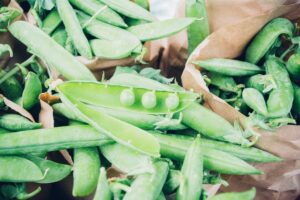 |
E) Vitamin B6 |
| 1. vital for the formation of haemoglobin and also keeps the skin Healthy. |
| Sources: This vitamin is richly found in meat, fish, egg yolk, yeast, rice, wheat and peas, etc. |
 |
F) Vitamin B7 or Biotin: |
| 1. Biotin helps release energy from carbohydrates and aids in the metabolism of fats, proteins and carbohydrates from food |
| Sources: Egg yolk, milk, fresh vegetables, yeast breads, cereals, etc. |
G) Vitamin B12 |
| 1. red in colour and usually destroyed in cooking, if cooked for longer time. |
| 2. deficiency may cause anaemia. |
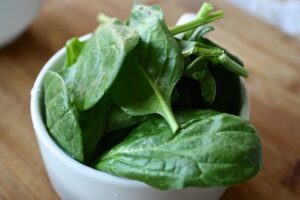 |
H) Folic Acid or B9 |
| 1. it is tasteless, odourless and yellow in colour and helpful in blood formation. |
| 2. Simple cooking can destroy and essential for reproduction and growth and development of body. |
| 3. deficiency may cause anaemia. Sports and Nutrition Part 4 |
| Sources: Folic acid is found in yeast, spinach and liver. |
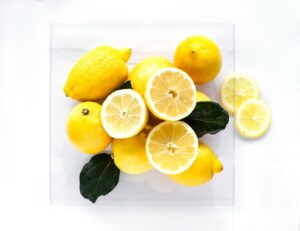 |
| Vitamin C or ascorbic acid ports and nutrition |
| 1. odourless and white in colour. |
| 2. significant in increasing the metabolic rate and also helpful in absorbing iron and calcium. |
| 3. Due to the presence of Vitamin C, wounds are healed rapidly. |
| 4. also helpful in maintaining the health of the connecting tissues, and in the formation of bones and red blood corpuscles. |
| 5. deficiency of this vitamin causes ‘scurvy’ |
| Sources: Lemons, pineapples, grapes, apples, oranges, green vegetables and highly in amla and green chillies. Sports and Nutrition Part 4 |
| For other parts of this chapter click below as per your needs. |
| Part 1 Part 2 Part 3 |
| Part 5 Part 6 Part 7 |
| Part 8 Part 9 |
| Sports and nutrition |
| Vitamin |
Sports and Nutrition Part 4

Thank u sir🙏
Very informative n thanks a lot
Very informative n thanks a lot sir *
It’s a very important part of our life.. students should learn this